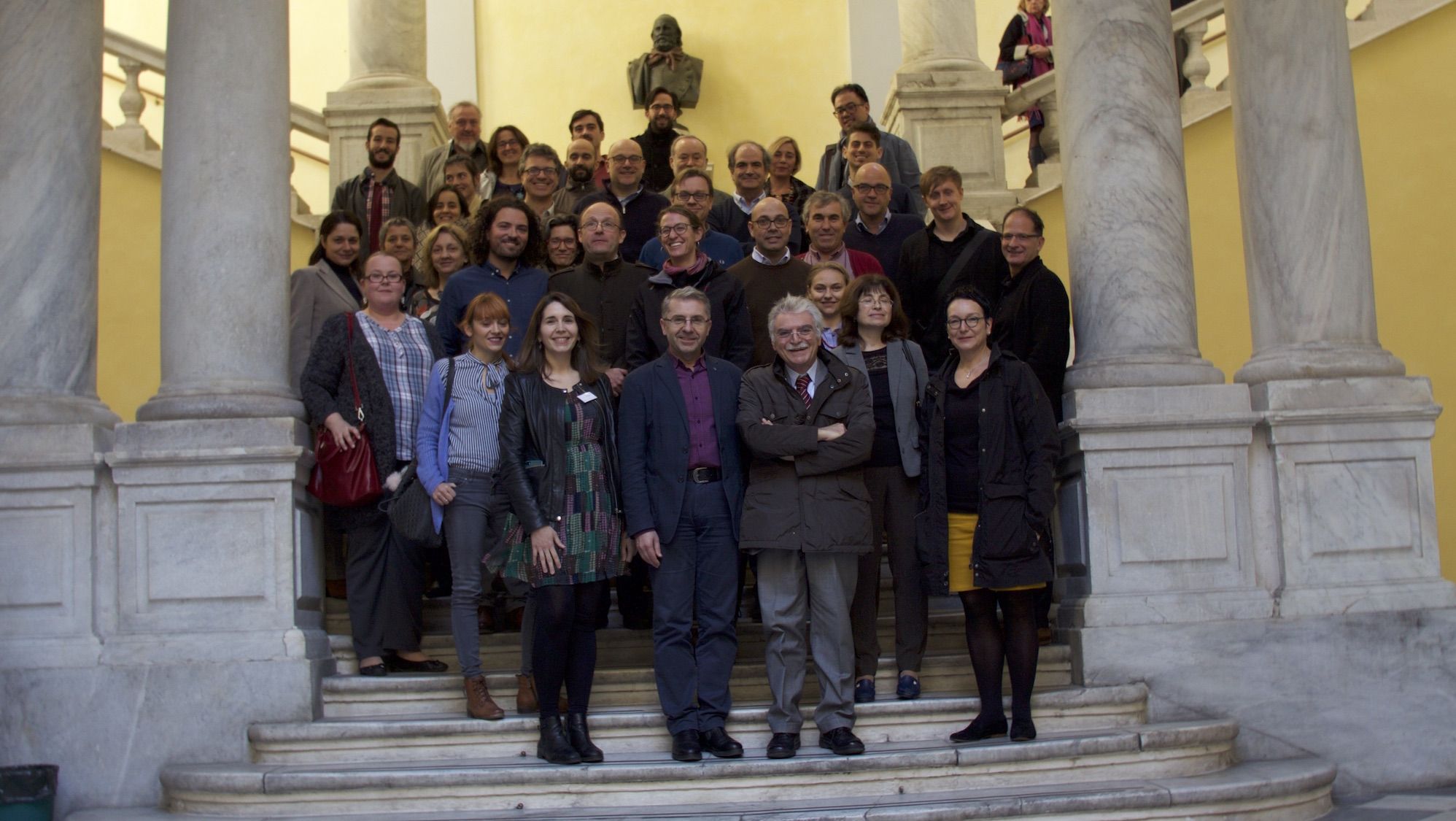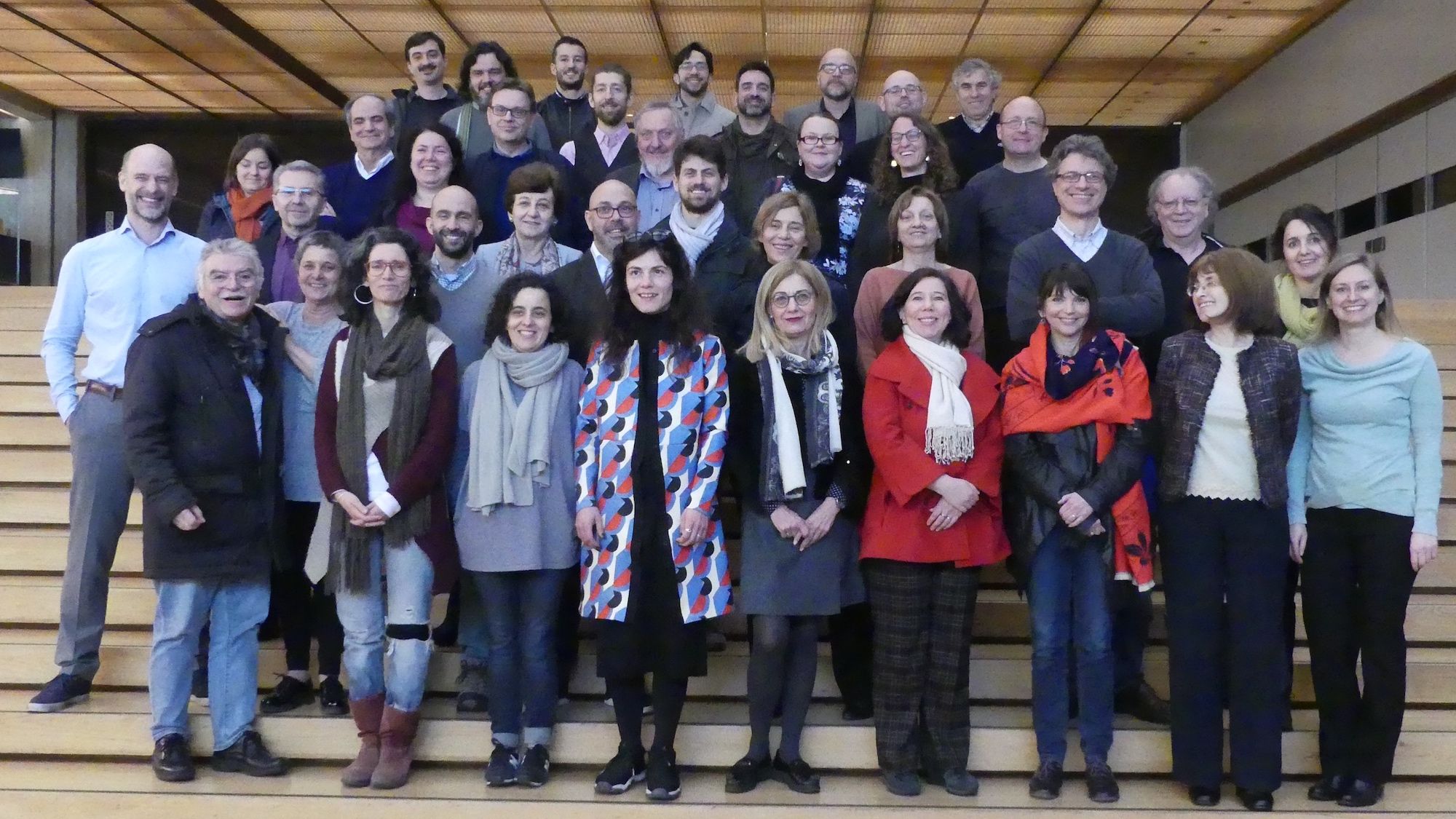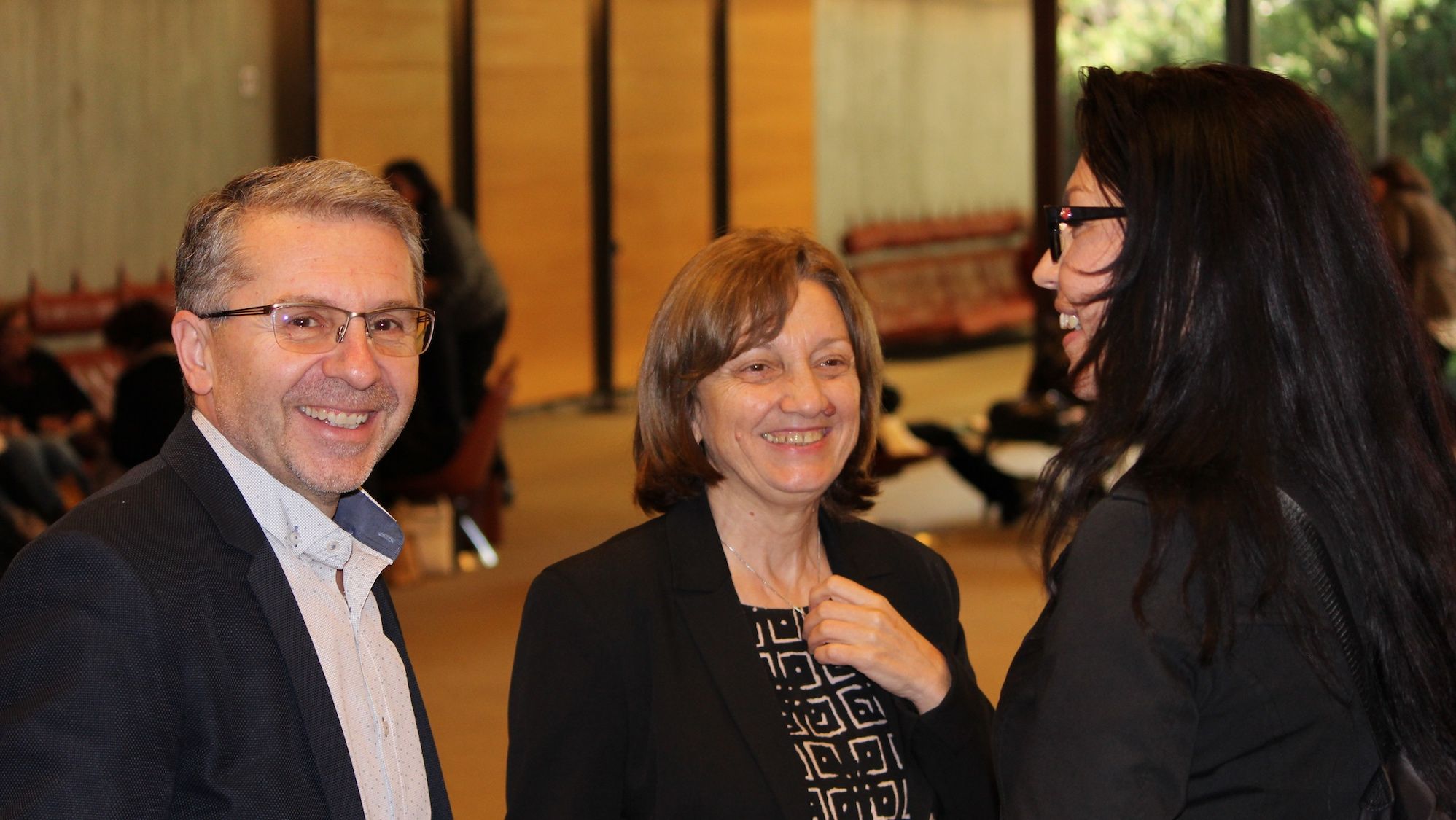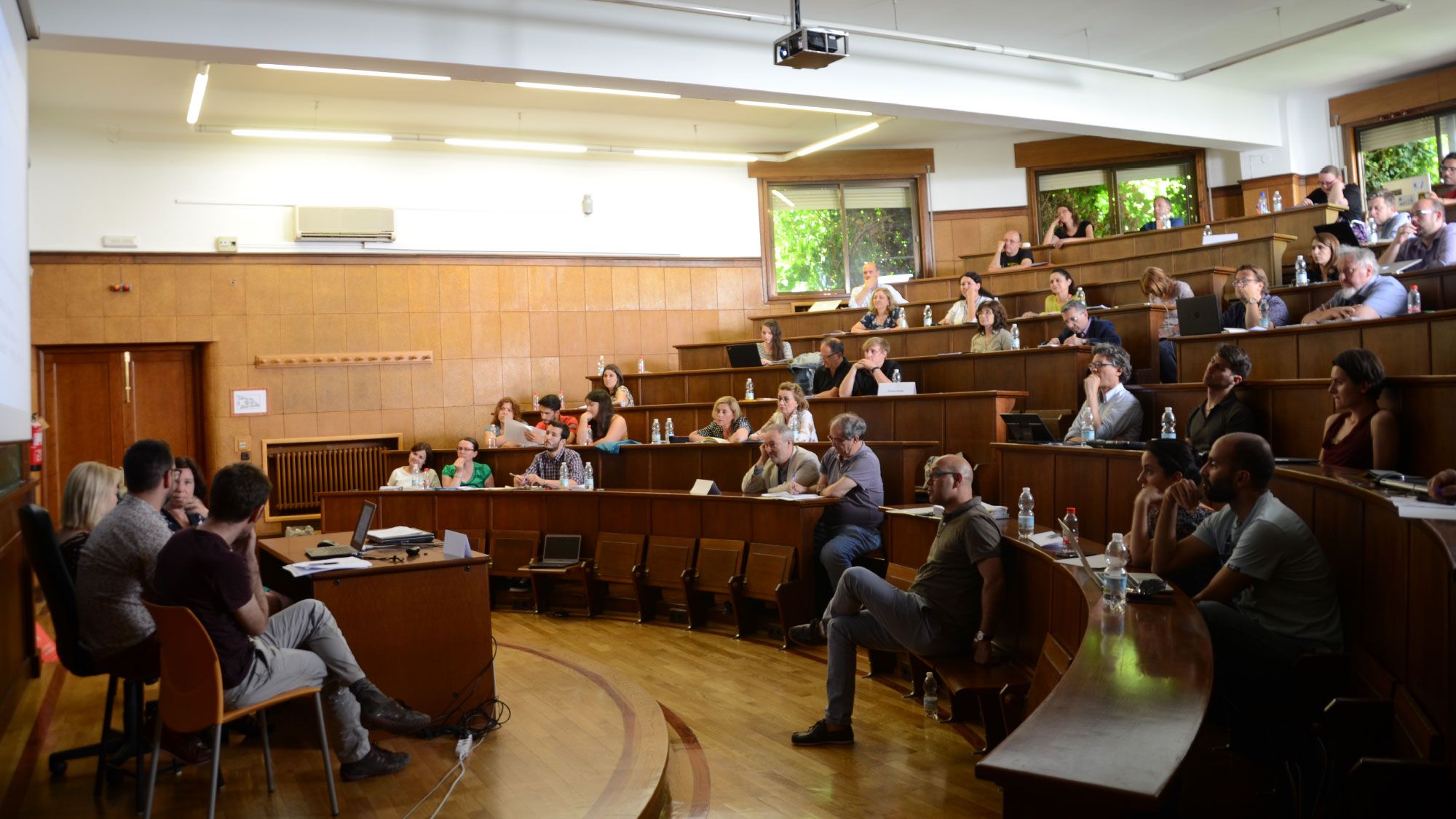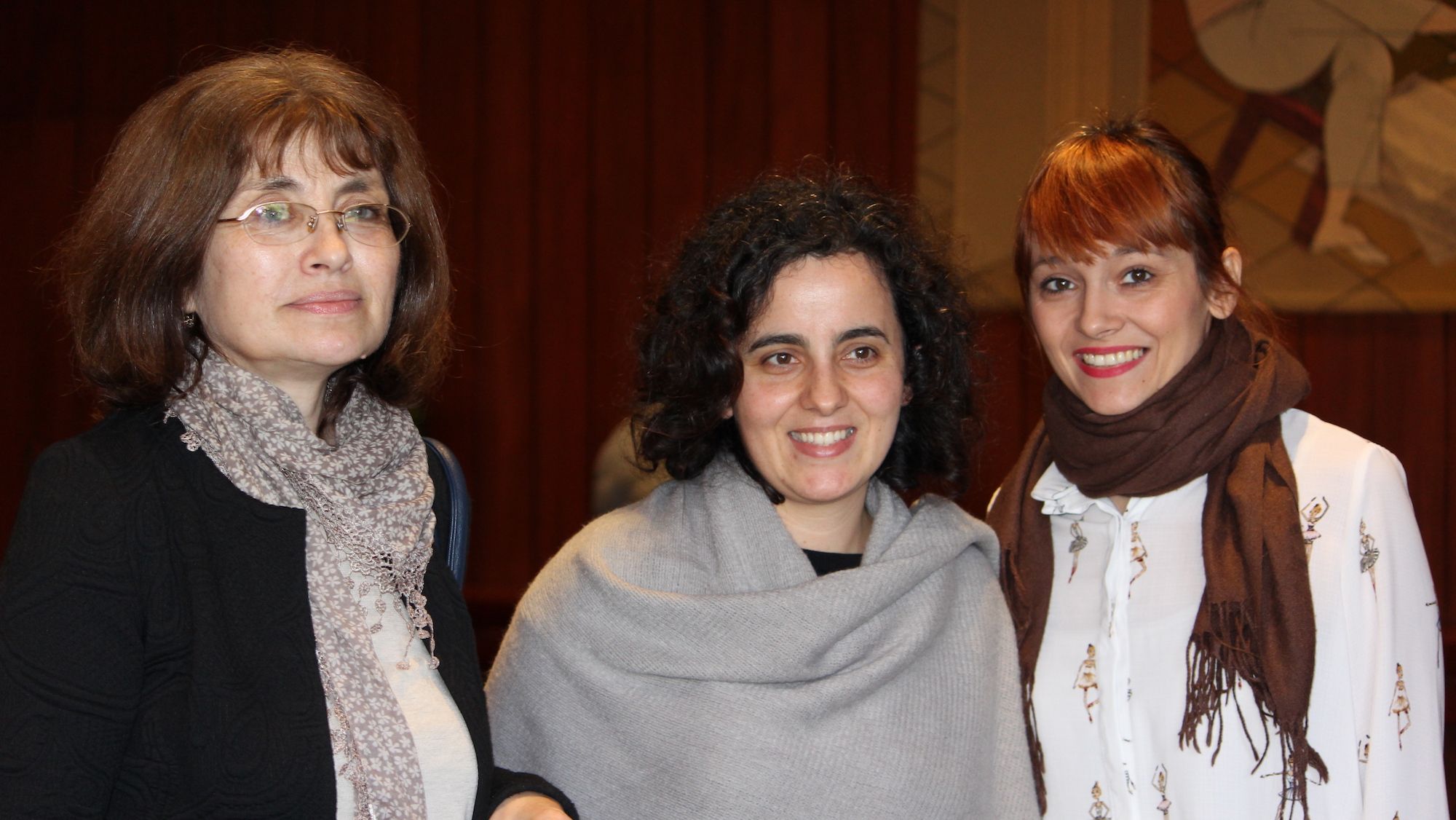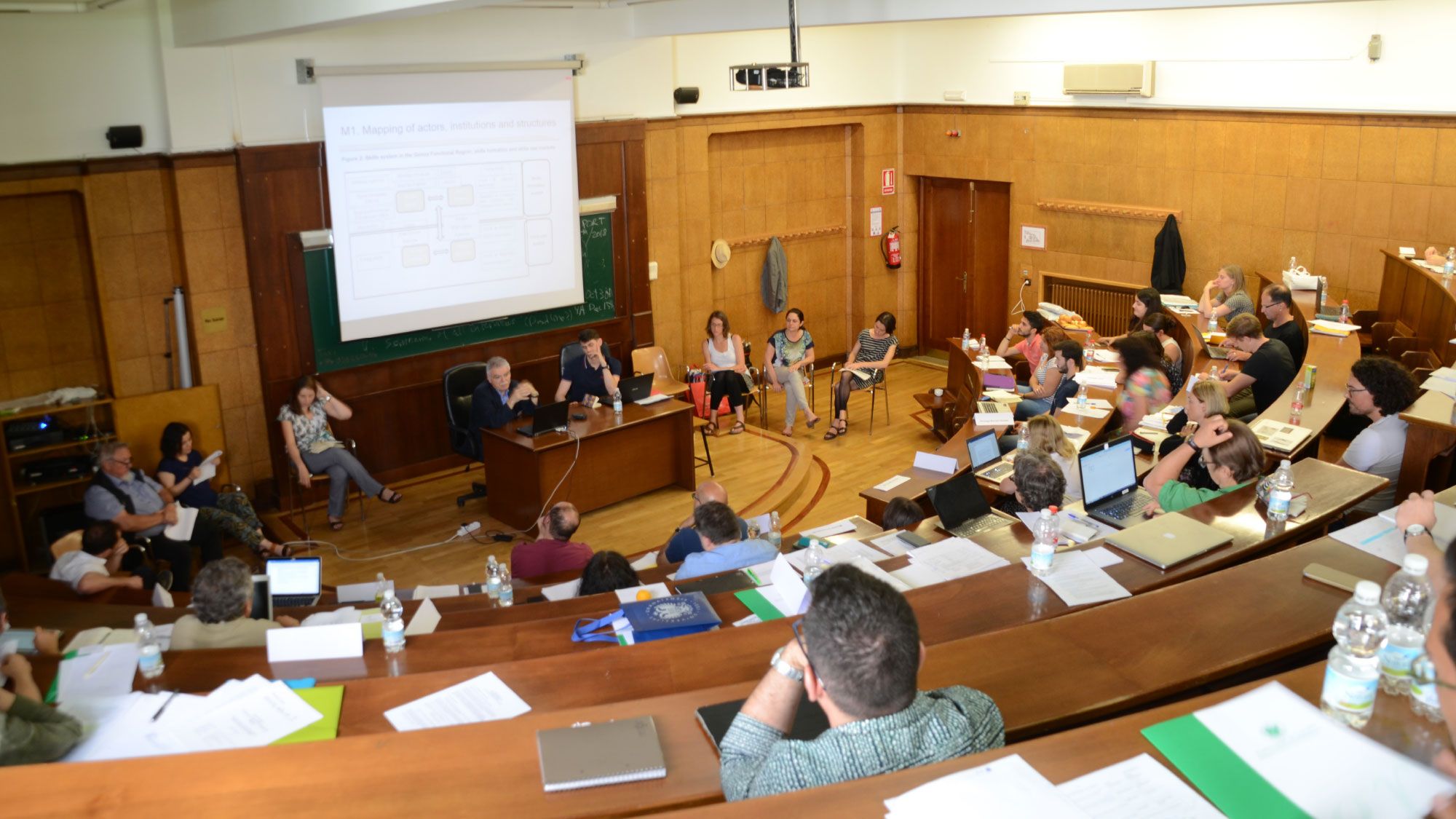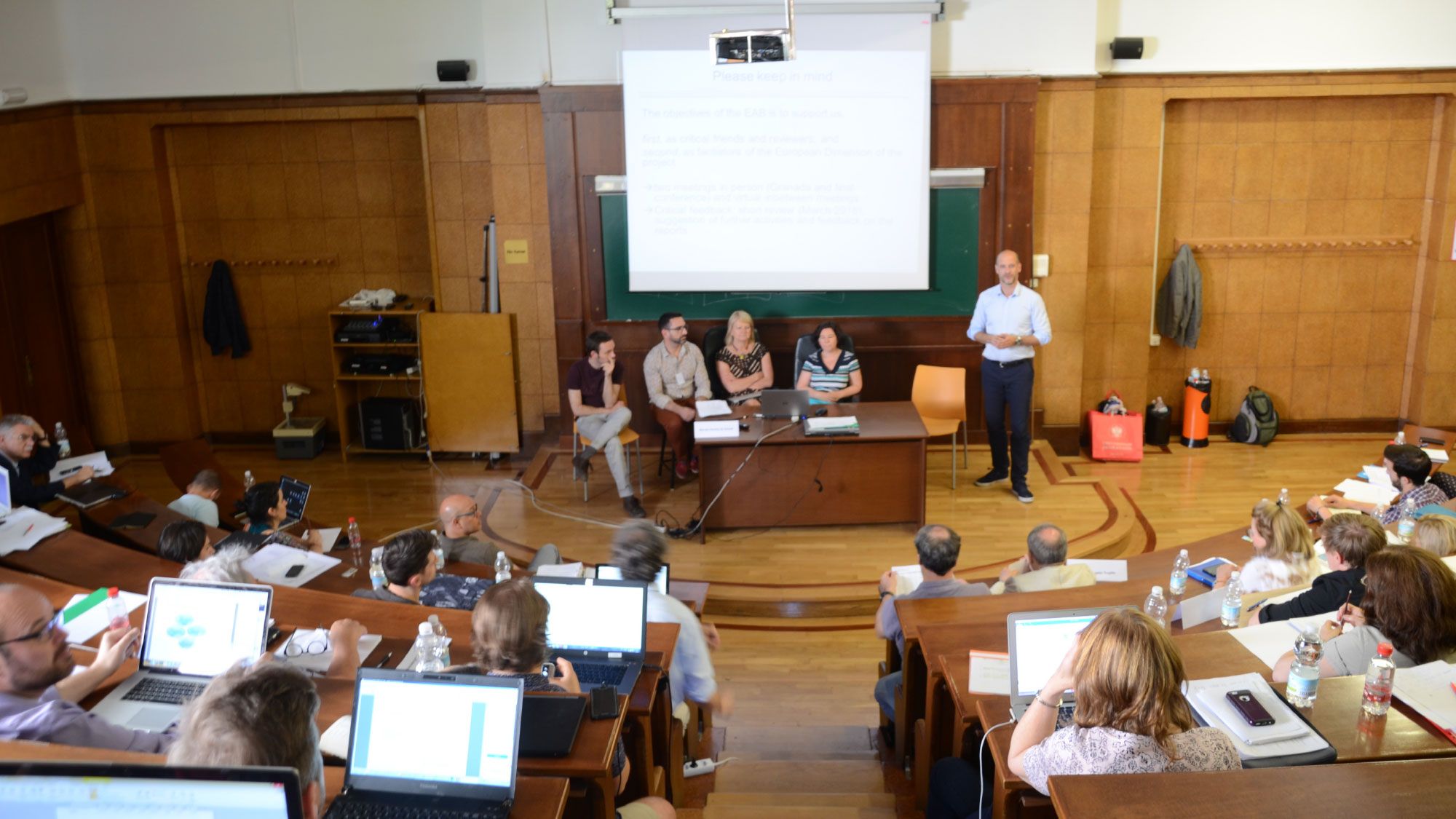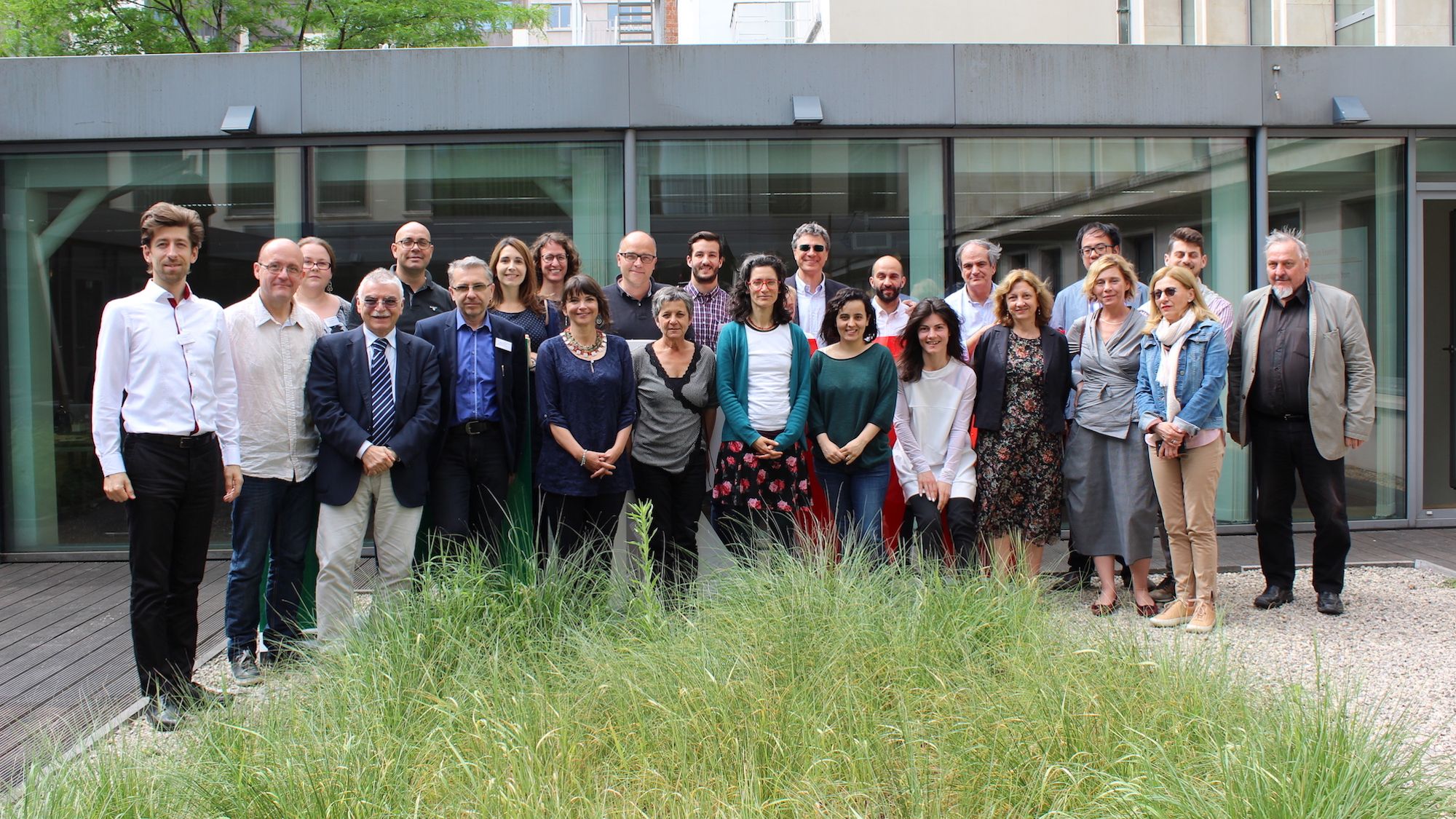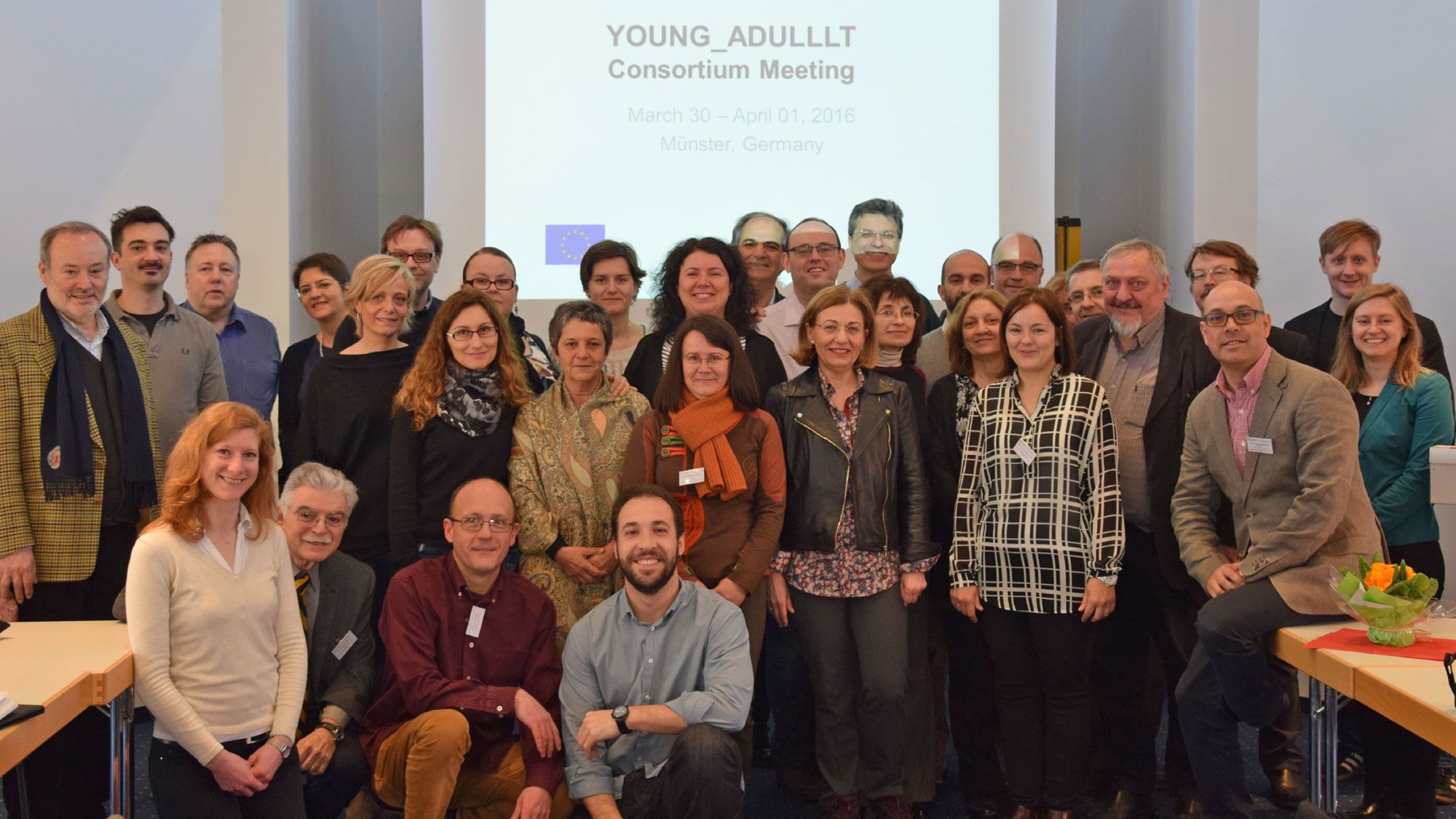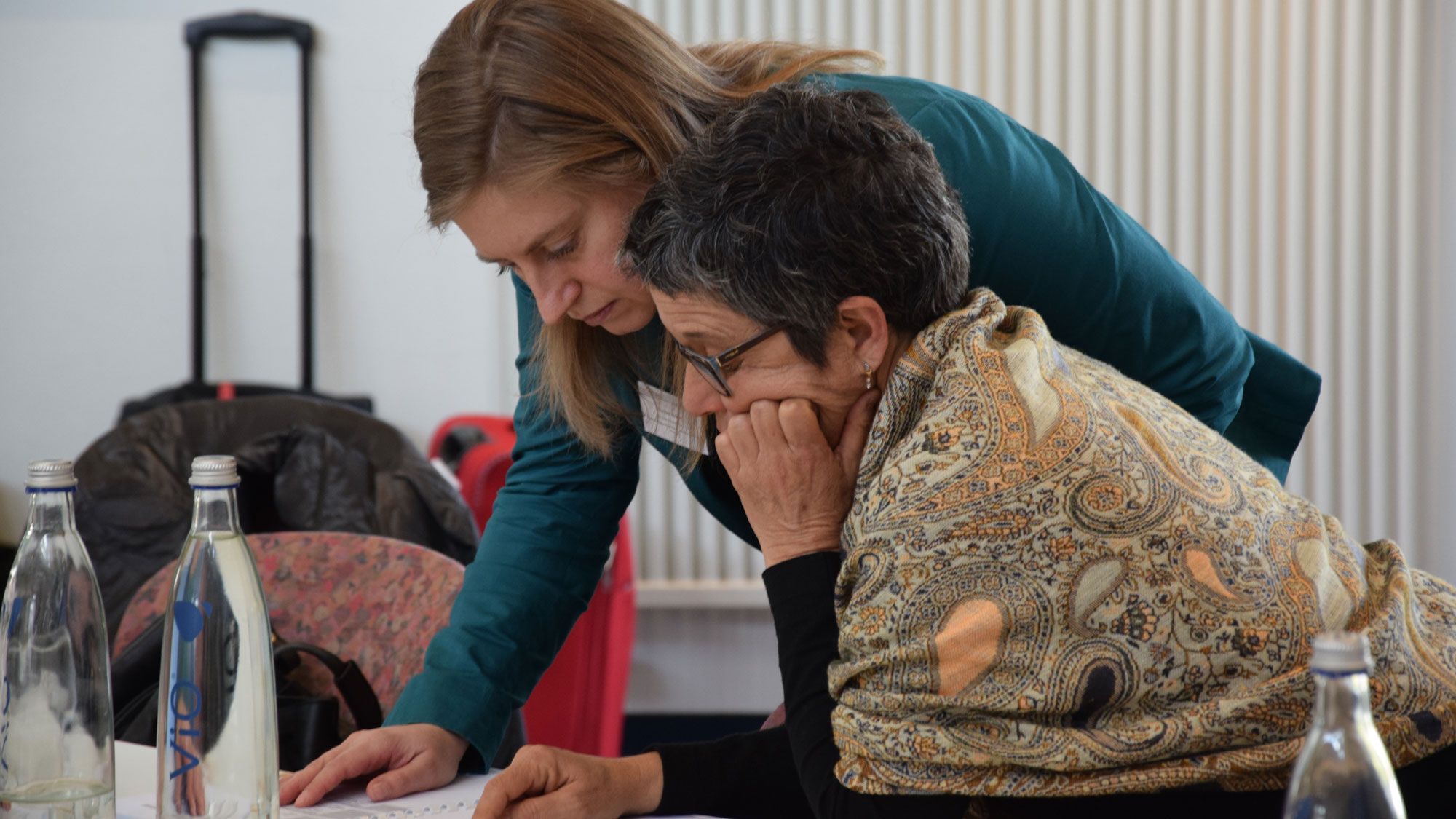NEETs
NEET is the acronym for “Not in Education, Employment, or Training”. The acronym refers to young people between 15 and 29 years of age (Eurofound 2012; ILO 2015). The acronym, however, does not have an agreed definition with respect to measurement, particularly in relation to defining economic inactivity. Karen Robson (2010) writes that the classification has "virtually usurped discussions” of "youth unemployment" in the UK literature. According to the EU, NEETs should not have taken part in any activity relative to education or training in the last 4 weeks before the Eurostat survey. The acronym NEET was first used in the United Kingdom in 1999, but its use spread to other countries, becoming a statistical classification in Eurostat and OECD statistics, but also stretching its meaning.
NEET is to be distinguished from the newly coined NLFET rate used in the 2013 report on Global Employment Trends for Youth by the International Labour Organization. NLFET stands for "neither in the labour force nor in education or training" (ILO 2013). It is similar to NEET but it excludes the unemployed youth (who are part of the labor force).
NEETs are perceived of as being in especially vulnerable situations and prone to social exclusion. The development of the NEET concept is associated with its assumed potential to address a broad array of vulnerabilities. Policy interventions in Europe that have sought to address NEETs have centered around preventing early school-leaving, reintegrating early school-leavers, supporting school-to-work transitions, fostering employment of young people and removing barriers and offering employment incentives (Eurofound 2012). These are all issues that warrant greater attention as young people continue to feel the aftermath of the economic crisis (ILO 2015).
Explanations for why a young person is neither in employment, education nor training have to be sought at the macro (the economy, the education system), meso (the educational institution, the employer) and the micro level (the individual). The following six factors have been identified by Eurofound (2012) as increasing the possibility of falling into the NEET category: 1) low level of education, 2) suffering from disability, 3) immigration background, 4) difficult family environment, 5) living in remote areas, and 6) low household income.
This approach, however, focusses on individual characteristics defining the individual as solely responsible for being in that situation. Including the socio-economic context, social policies and the education system is of utmost importance if we want to prevent the individualization of causes. Simmons and Smyth (2016) for example point to the contradiction that while within the neoliberal discourse education and training are portrayed as enhancing chances to enter the labour market a lot of young people are underemployed not because of missing qualifications but because of lack of adequate vacancies.
The concept of NEETs has been criticized by for various reasons. Yates and Payne (2007) point out that “’NEET’ is a problematic concept that defines young people by what they are not, and subsumes under a negatively-perceived label a heterogeneous mix of young people whose varied situations and difficulties are not conceptualized.” (Yates and Payne 2007, p. 329) Furlong (2006) states that the use of acronym of NEET became popular partly because of the negative connotations of having “no status” or also named “status zero” and raises two arguments against the use of the concept of NEETs. Policies addressing NEETs might miss their targets as the definition is too broad, as most young people face phases of NEET while not all of them are in vulnerable situations. On the other hand the definition might be too narrow as an increase in employment does not necessarily lead to a reduction of vulnerability, as precarious working conditions are on the rise. Last but not least Avis (2014) criticizes the policy discourse on NEETs as pathologizing, reflecting the moral panic of the middle classes and portraying NEETs as the cause of social problems while neglecting the structural causes of the “economy of insecurity” (Avis 2014, p. 274).
As a potential recipient of those policies, NEETs become a target group of the European Project YOUNG ADULLLT, in which their life course and the lifelong learning policies, their — intended or unintended ? effects on their social or labor inclusion and, moreover, the governance of those policies will be studied.
References
Avis, J. (2014). Comfort radicalism and NEETs: a conservative praxis, in International Studies in Sociology of Education, Vol. 24, No.3, pp. 272-289.
Eurofound. (2012). NEETs – Young people not in employment, education or training: Characteristics, costs and policy responses in Europe. Publications Office of the European Union, Brussels. Available online: http://www.eurofound.europa.eu/sites/default/files/ef_files/pubdocs/2012/54/en/1/EF1254EN.pdf.
Furlong, A. (2006). Not a very NEET solution: representing problematic labour market transitions among early school-leavers. Work, employment and society, Vol. 20, No. 3, pp. 553-569.
International Labour Organization (ILO) (2015). What does NEETs mean and why is the concept so easily misinterpreted? Available online: http://www.ilo.org/wcmsp5/groups/public/---dgreports/---dcomm/documents/publication/wcms_343153.pdf.
International Labour Organization (ILO) (2013). Global Employment Trends for Youth 2013. A generation at risk. Available online: http://www.ilo.org/wcmsp5/groups/public/---dgreports/---dcomm/documents/publication/wcms_212423.pdf.
OECD. (2015). Youth not in education or employment (NEET) (indicator). DOI: 10.1787/72d1033a-en.
OECD. (2014). Youth neither in employment, education nor training (NEETs). in OECD, Society at a Glance 2014: OECD Social Indicators (pp. 102-103). Paris: OECD Publishing.
Simmons, R. & Smyth, J. (2016). Crisis of youth or youth in crisis? Education, employment and legitimation crisis. International Journal of Lifelong Education, DOI: 10.1080/02601370.2016.1164470 (online first 15 April 2016).
Yates, S. & Payne, M. (2007). Not so NEET? A Critique of the Use of ‘NEET’ in Setting Targets for Interventions with Young People. Journal of Youth Studies, Vol 9, No. 3, pp. 329-344.
(Antonio Luzón, Mauro Migliavacca, Yuri Kazepov & Mirjam Pot)


